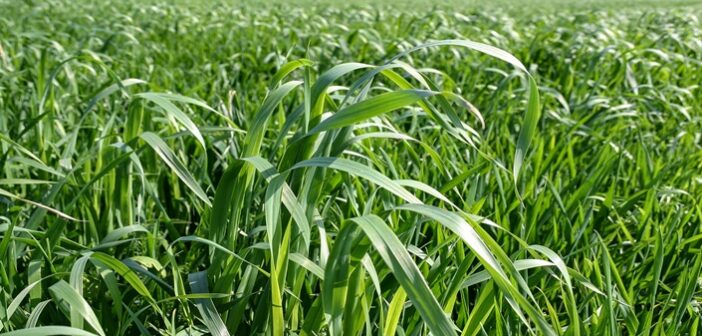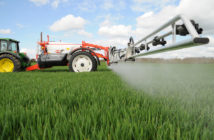UK arable farmers face a challenge in battling wild oats this spring due to limited opportunities to create stale seedbeds or apply autumn herbicides.
Kirsty McKenzie, commercial technical manager at FMC, explains that traditional strategies, like utilising stale seedbeds for early control of wild oats, have been prevented in some parts of the country by adverse weather conditions.
“A portion of farmland is now expected to face the challenge of controlling both autumn and spring germinating wild oats.”
She explains that without proper control, wild oats can outcompete crops for water and nutrients, significantly reducing yield potential.
“The battle against wild oats isn’t new, but its importance has intensified with changes to autumn herbicide applications and climatic shifts,” she says.
“A single wild oat plant per square meter can lead to a tonne per ha loss in cereal crop yields.
“Given their seeds can stay viable for up to 20 years, the necessity for efficient control mechanisms cannot be overstated.”
Ms McKenzie explains understanding the risk factors and employing a comprehensive control strategy is key to manging this persistent weed.
“Cultivation techniques and crop rotation play a critical role in this strategy, so it’s recommended to consult with your agronomist to tailor these cultural controls to your farm.
“For example, establishing crops with minimum soil disturbance, via direct drilling, can reduce germination of wild oats, and adapting your crop rotation to include non-cereal crops can also help through introducing alternative chemistry.”
However, Ms McKenzie says that alongside cultural controls, a targeted herbicide application is effective for controlling wild oats.
“Growers struggling with wild oats can apply Foxtrot® EW for the post emergence control of wild oats in wheat and barley,” she says.
“Foxtrot® EW should be applied before GS39 in wheat and before GS31 in barley.”
“Wild oat herbicides are most effective and have the best activity against the weed when there are good growing conditions, warmth and moisture.
“However, it is important not to delay applications as larger plants can become more difficult to control.
“Therefore, it’s crucial to get your applications of Foxtrot® EW applied as soon as possible,” she says.




